Vol. LXXV (2017) - No. 266 Pedagogía mesoaxiológica y concepto de educación [Mesoaxiological pedagogy and the concept of education].
Resumen
«In my opinion, education is an inherently complex object. And the objective complexity of ‘education’ derives from the very diversity of the individual’s activity in educational activity» (p. 340). This statement contains the condensed meaning of and reason behind this book. This is one of the few occasions on which Touriñán has given such a personal opinion on the subject of a book. Therefore, we will use this statement as an introduction to his personal concept of the phenomenon of education and to the raison d’être of this work. José Manuel Touriñán holds a chair at the University of Santiago de Compostela, and has over forty years of experience. His academic work has been recognised on many occasions; he holds the Gold Badge from the University of Santiago de Compostela (1998), the Silver Medal of Galicia (1998), and the Gold Badge of the University of A Coruña (2000). He is also an honorary professor at the University of Buenos Aires (1993). From 1990 to 1997 he was also the head of universities and research for the Galician regional government. Touriñán’s work comprises over 250 pieces of research. ,
His work in this book is important for at least two reasons. The first is epistemological; it provides an in-depth systematic and theoretical examination of knowledge of education that contrasts with the popularisation of pedagogical knowledge. Indeed, the familiarity and routine nature of the educational experience hide or mask its complexity and the need for rigorous and scientific study. Secondly, this piece is not just intellectual speculation. Instead it is a response to the interest in providing foundations for educational actions and dissemination and giving them pedagogic meaning based on (autonomous) educational science itself and not as something subordinate or marginal (as Touriñán explained in a piece in 1988 in the journal Educar). It is, therefore, an elemental (and foundational) book for anyone studying pedagogic disciplines, from undergraduate students to doctoral students and even lecturers who have the exciting task of teaching theoretical and philosophical knowledge of education and introducing people to them. This is expressed through a clear didactic aim with over 40 explanatory tables. Therefore, we do not regard this as a work for disseminating the subject to the general public, nor is it intended for parents who want pedagogical guidelines. ,
This work comprises eight coherently organised chapters that provide a holistic overview of education, in other words, an overview of the features that lead us to classify certain processes as education. Furthermore, to frame it adequately, we should also mention other works that complement its themes and go into them in greater depth, namely the book Dónde está la educación: actividad común interna y elementos estructurales de la intervención (Where is education: Common internal activity and structural aspects of intervention, Netbiblo, 2014). These total over a thousand pages exclusively dedicated to understanding education and knowing what education is in order to intervene in it and create educational fields. ,
Chapter one introduces a series of conceptual tools for (re)constructing a pedagogical hermeneutics around the meaning of education to overcome the antinomies that burden its content. In effect, Touriñán, following Esteve and others, identifies a series of criteria for accurately discussing educational phenomena. These defining features meet the criteria of content, form, educational use, and balance, to go from being a merely nominal definition to being a real one. ,
The chapter dedicated to the educational relationship (chapter two) is, to some extent, a necessary methodological continuation or prolongation of chapter one. In this chapter, Touriñán attempts to distinguish and identify the distinctive nature of a type of relationship, the educational relationship, which is different and distinct from other types of relationship that might also arise in the educational context while not strictly being educational. These include relationships of care, communication, and coexistence. Therefore, the educational relationship is axiological, personal, and hereditary and is also integral, gnoseological, and spiritual (p. 116). It is the moment in which education comes into play, it is a risk that demands an appropriate understanding of liberty and neutrality (p. 123 and passim) and, as Touriñán himself senses, leads us towards an understanding of the educational relationship in terms of commitment, responsibility, and compassion. ,
In chapter three the educational relationship is exposed to intercultural reflection insofar as this is understood to be a way of describing education based on the educational principle of diversity and difference. This chapter considers how education should approach coexistence in plural and diverse areas. Touriñán understands intercultural education as the use and construction of axiological experience of diversity and difference within education as a whole (p. 157) with the aim of ensuring students can choose and implement their own life plans (p. 161) based on the notion of identity and cultural rights (p. 170). Educational provision in each place must consider the question of coexistence. However, this chapter lacks a more holistic perspective that including the environment and nature; in other words, one that not only covers intercultural education but also environmental education. ,
Two elements are added in chapter four that consider the real definition (insofar as it is an internal activity guided by an aim) of the concept of education in greater depth and explain the reasoning behind a mesoaxiological pedagogy. This chapter explains how Touriñán moves from a nominal definition of education to establishing its real definition and the criteria accompanying it. In effect, the real definition of education is the convergence of character and meaning; the character of education is its determination, while its meaning is what distin- guishes it. In other words, the specific perspective or focus serving the link established between the self and the other (p. 179). Both character and meaning are part of the features that determine the real definition of education. Once this real definition has been established, cultural areas can be turned into educational fields (p. 187). ,
As well as developing the «real definition» of education, this chapter is important as it examines the «mediated» condition of education in greater depth, not just education as an autonomous field, but also as necessary knowledge for transforming cultural areas into educational fields. However, as Arendt previously observed, pedagogy cannot be entirely freed from the specific subject being transmitted; in other words, mediation is necessary. We cannot assume that pedagogy is sufficient for constructing educational spheres; knowledge of cultural areas is also necessary, hence the need for mediation. ,
Education for the development of societies (chapter five) can be seen as a necessary expansion of the work on intercultural and civic education in chapter three. While intercultural and civic education is based on the rights of the third generation (based on identity), education for development is a way of understanding the development of «planetary citizenship» based on solidarity and guided by the rights of the fourth generation. This new educational field also includes education for sustainability, consumption, and entrepreneurship. The environmental concern that was lacking in chapter three is present in this chapter. ,
This pedagogical concern for developing a global citizenship must be understood not just in terms of solidarity and development. The idea of a citizenship that goes beyond the geographic and cultural boundaries of one’s own community is old; what is new is that this notion is only now a historical sociopolitical need. Understanding what it means to belong to humankind is an ethical requirement that addresses education. This international dimension in courses and campuses is ever more important in university education and is not restricted to learning foreign languages. ,
Chapter six aims to make an argument for the need for specialised professional competences for those working in the field of education, based on the foundations and status offered by the knowledge that characterises education. Developing these professional competences is intimately related to the educational function. Therefore, the specific characteristic of the pedagogic function is to create pedagogical facts and decisions that make it possible to justify, explain, and discover what and how any states of things, events, and educational actions are produced and should be produced (p. 243). What is important about this chapter is the author’s ability to connect the need for specific professional compe- tences to the pedagogical function, thus establishing a bridge or nexus between professional needs and the demands de- riving from an individual’s knowledge of education. Consequently, it is possible to state that the pedagogical function is identified as a specific activity based on specialised knowledge (p. 247). ,
This chapter, entitled «Where is education: About mesoaxiological pedagogy», along with chapter one contains the basic core question of the work: what makes pedagogy mesoaxiological? Because any area of experience must be turned into a medium or field of education (p. 330). This transformation would just be a technical procedure were it not for the moral element that characterises educational processes. This element requires a transformation in which values (mesoaxiological) are integrated, not just into the «process» (the student’s dignity prevents us from treating him or her however we wish) but also into the intentions, in other words, taking into consideration the aims of the process or of the educational activity itself. Touriñán’s greatest success, in our opinion, lies in how he integrates values into the process of educational transformation through two elements: the pedagogical mentality and the perspective (p. 344). ,
The last chapter in this book – «Applying mesoaxiological pedagogy: Artistic education as an educational field» – could be nothing other than an example, an application of the knowledge of education contained in the preceding chapters. In other words, what we should do to devel- op pedagogically an area of culture such as art and turn it into an educational field. Art was not chosen by chance, and it reveals the inherent complexity of ed- ucational processes, which are frequently compared with artistic processes in that the outcome is an original work and not a mass-produced one. Educational action, as Touriñán notes, not only offers a theoretical-practical perspective, but also an intrinsic artistic and aestheticone (p. 343). Consequently, it could be claimed that artistic education, in that it is a value chosen as an educational end, is an educational field subject to extrinsic aims. ,
We cannot end this analysis without mentioning another of this book’s strengths. Unlike the technological pedagogy of the 1980s and some current utilitarian pedagogical mentalities, Professor Touriñán opts for an axiologically mediated form of mediation. Although he could have gone into this topic in greater depth, the very important role he gives to values in constructing the areas of edu- cation or setting educational aims and so on seems to us to be very successful. The following statement from the final chap- ter is a good example: «not everything is valid as content in the aims of (artistic) education». This is something that could well be generalised to any of the fields developed as educational; not everything is valid. ,
Juan García Gutiérrez ■ ,,
Citación recomendada | Recommended citation
Gutiérrez, J. G.
(2023)
.
Vol. LXXV (2017) - No. 266 Pedagogía mesoaxiológica y concepto de educación [Mesoaxiological pedagogy and the concept of education]..
Revista Española de Pedagogía(1).
https://www.revistadepedagogia.org/rep/vol0/iss1/56
Licencia Creative Commons | Creative Commons License
Esta obra está bajo una licencia internacional Creative Commons Atribución-NoComercial 4.0.
This work is licensed under a Creative Commons Attribution-NonCommercial 4.0 International License
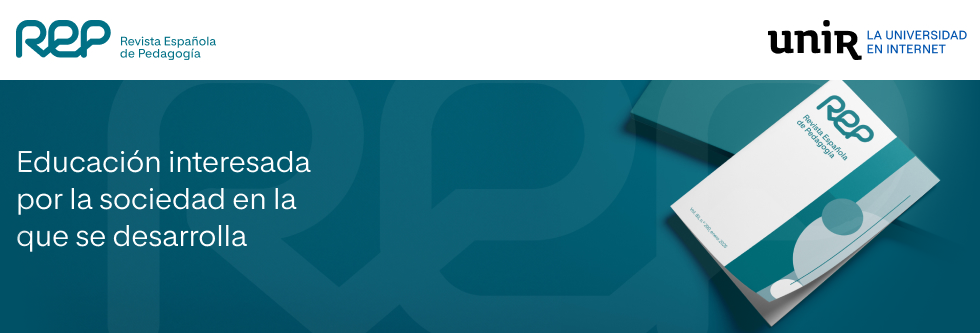



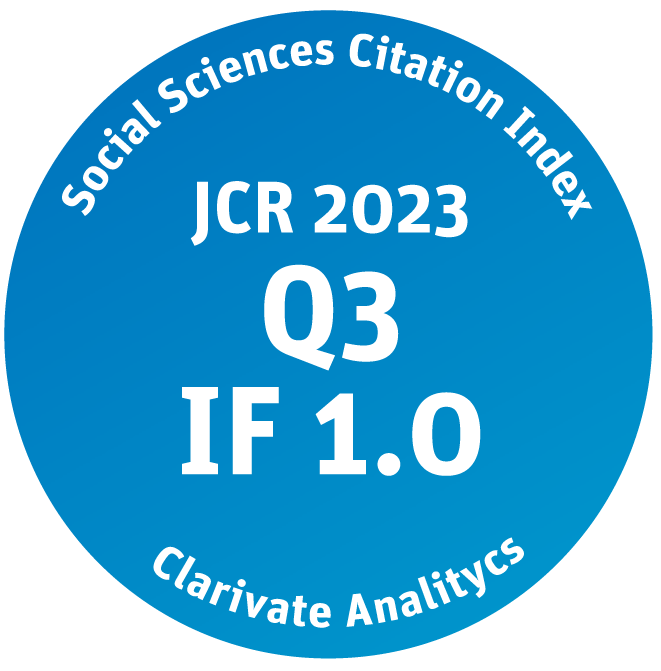
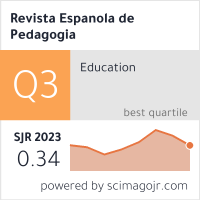
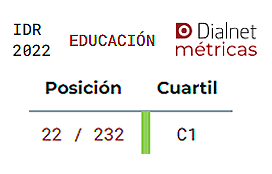
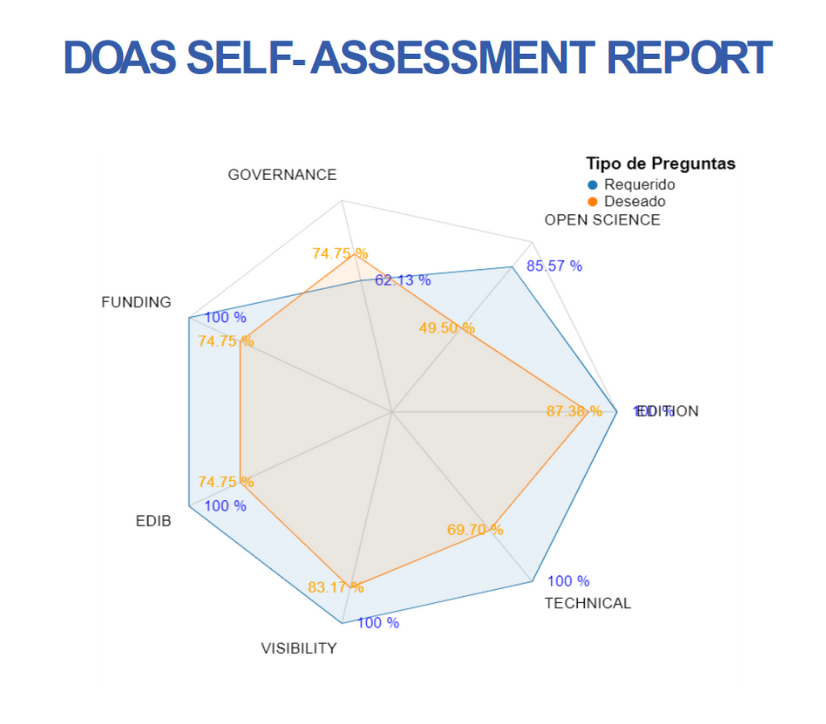

Commentarios | Comments
Touriñán López, J. M. (2015).